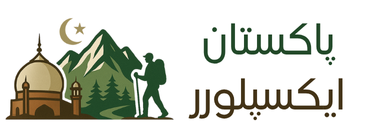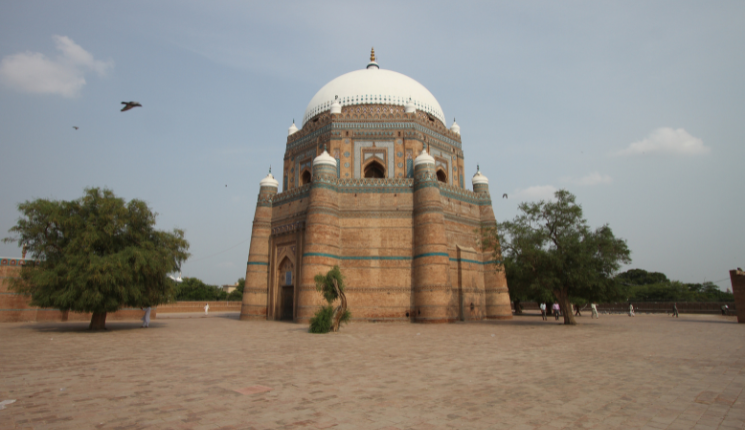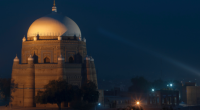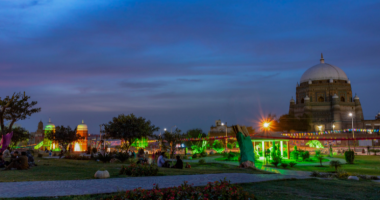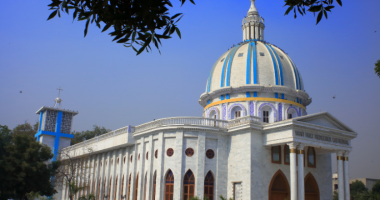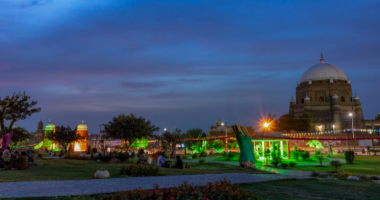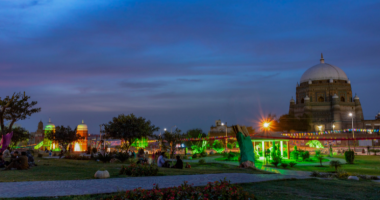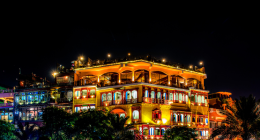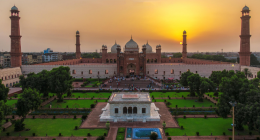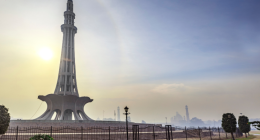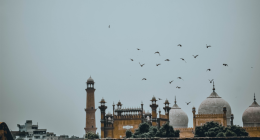Multan, also known as the City of Saints, is one of the oldest cities in South Asia. This ancient place is packed with Sufi shrines, historical architecture, vibrant bazaars, and deeply rooted culture. If you’re planning your first visit or simply want to dig deeper into the city’s rich layers, this Multan travel guide will give you all the insights you need.
From the must-see tombs to peaceful gardens, colorful handicrafts, and some helpful apps for easy navigation, let’s take a journey through Multan like a local.
Why This Multan Travel Guide Is a Must
Even though it often flies under the radar, Multan is a treasure trove for cultural explorers. With over 2,000 years of history, it’s home to many spiritual, architectural, and artistic wonders.
First and foremost, it’s hard not to fall in love with Multan’s warm, welcoming vibe. People here are friendly, and the city flows at a relaxed pace. What’s more, you’ll notice that tradition blends effortlessly with modern living. Old neighborhoods sit next to new cafes, and centuries-old shrines remain deeply respected.
So, whether you’re a history lover or someone chasing off-the-beaten-path experiences, Multan definitely deserves your time.
Start Your Multan Travel Guide at the Heart of the City
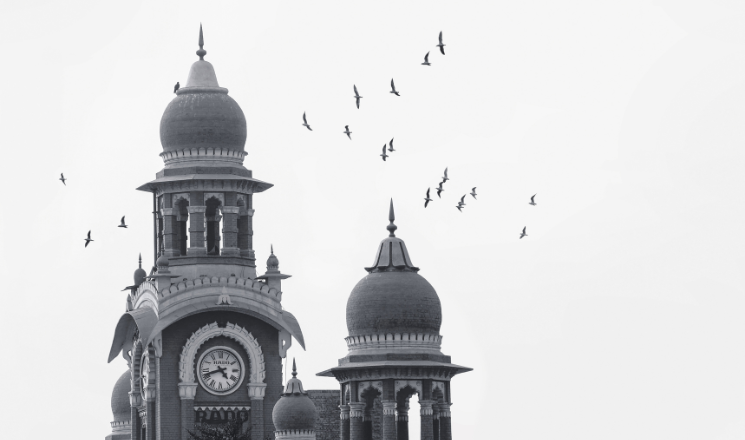
No Multan travel guide is complete without beginning at Ghanta Ghar, the central clock tower. It’s the perfect orientation point and a bustling area filled with small markets and street food.
Right nearby, the Multan Museum gives you a crash course in the city’s ancient history. It’s small but packed with well-preserved artifacts, coins, manuscripts, and sculptures. Moreover, it’s the best place to understand how Multan evolved from a Buddhist center to a hub of Islamic mysticism.
Even better, most places of interest are within a short walking or rickshaw distance from here.
Spiritual Sights: Multan’s Iconic Shrines
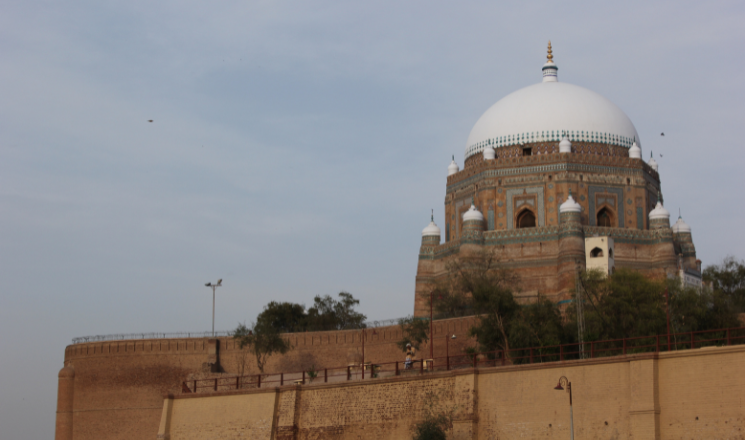
Spirituality runs deep in Multan’s soil. You’ll feel it the moment you step into its legendary Sufi shrines. The Shrine of Bahauddin Zakariya and Shah Rukn-e-Alam are two must-visit landmarks in any Multan travel guide.
The blue-tiled domes of Shah Rukn-e-Alam can be seen from a distance, perched high on a hill overlooking the city. Inside, the peaceful atmosphere, intricate tilework, and the spiritual aura leave a lasting impression.
On the other hand, Bahauddin Zakariya’s shrine lies closer to the center. Pilgrims come from all over Pakistan to pay respects, and you’ll witness daily rituals that are centuries old.
These shrines are not only religious centers but also masterpieces of architecture and culture.
Gardens and Getaways: Relaxing Spots in Multan
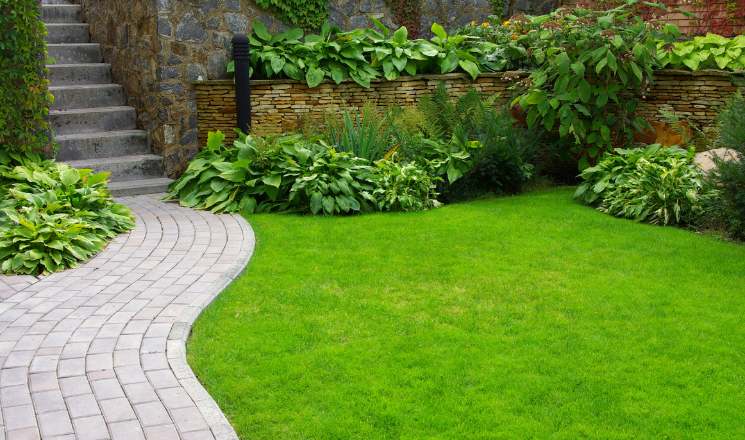
When the city buzz gets too much, Multan offers several quiet escapes. A key stop in this Multan travel guide is the Qasim Bagh Fort. It’s mostly ruins now, but the panoramic view of the city is worth the climb. It’s especially beautiful at sunset.
Not too far is Shams Park, perfect for a slow walk or picnic with the family. If you prefer lush greenery, then the Cantonment Garden will charm you with its peaceful paths and floral corners.
And yes, Multan’s famous summer heat can be intense. Therefore, visiting in the cooler months is a smart move.
Bazaars and Crafts: Dive into Multan’s Culture
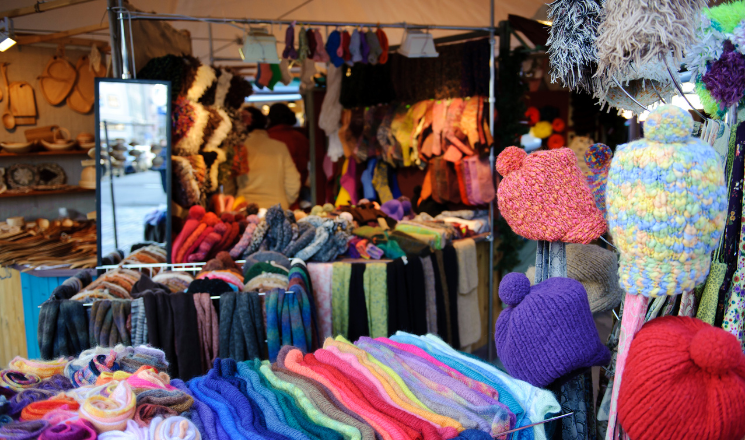
One of the most exciting things about the city is its colorful local markets. So, any solid Multan travel guide has to mention Hussain Agahi Bazaar. It’s a maze of tiny shops selling everything from traditional Ajrak prints to camel-skin lamps, spices, and hand-woven textiles.
Shopping here isn’t just buying stuff—it’s an experience. You’ll get to chat with vendors, enjoy street snacks, and see artisans at work.
You can also explore Chowk Bazaar for pottery and embroidery. Although it may feel chaotic, that’s where you’ll see the real soul of Multan.
Must-Try Foods That Define Multan
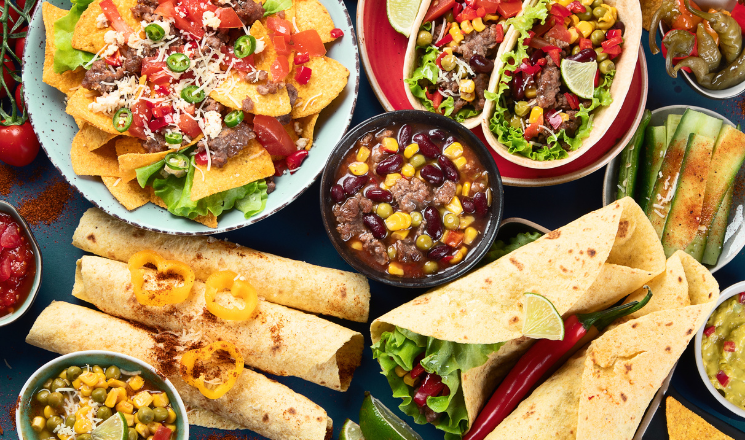
What would a Multan travel guide be without food? Local flavors here are rich and hearty. For starters, don’t miss Sohan Halwa, a famous dessert made with milk, sugar, ghee, and dry fruits.
Street food is also a big part of the local scene. Try Multani chaat, stuffed parathas, and mangoes (if you’re visiting in summer). Additionally, tea stalls are everywhere, and a cup of doodh-patti in the evening is a tradition worth savoring.
Be it sweet or spicy, Multani food tells its own delicious story.
Travel Tools and Apps for a Smoother Trip

While exploring Multan, having the right digital tools can save you time. Below are some helpful apps that every Multan travel guide should include:
- Google Maps – For easy navigation across narrow lanes and unknown neighborhoods.
- InDrive – Useful for calling local rickshaws or cabs at reasonable rates.
- FoodPanda – If you want to try local meals but prefer staying in.
- Find My Masjid – Helps you locate nearby mosques with prayer times and directions.
These tools can really streamline your trip and make it more enjoyable, especially for first-timers.
Important Travel Tips for First-Time Visitors

If this is your first time visiting, here are a few smart tips to help you make the most of your experience in Multan:
- Dress modestly: It’s a conservative city, and respectful dressing is appreciated, especially at religious sites.
- Stay hydrated: Summers are extremely hot, so carry water and avoid staying outdoors too long.
- Learn a few Urdu phrases: Locals are helpful, and a simple “Shukriya” (thank you) goes a long way.
- Be aware of prayer timings: Some areas might be crowded or quiet depending on the time of day.
Always remember, traveling smart leads to smoother adventures.
Final Thoughts on This Multan Travel Guide
In the end, Multan is not just a destination—it’s a beautiful experience filled with colors, stories, faith, and flavor. This Multan travel guide hopes to equip you with everything you need, from must-see spots to local eats and practical tools.
It’s a city that doesn’t scream for attention but quietly steals your heart. So, pack your curiosity and get ready for a timeless journey into one of Pakistan’s most soulful cities.
